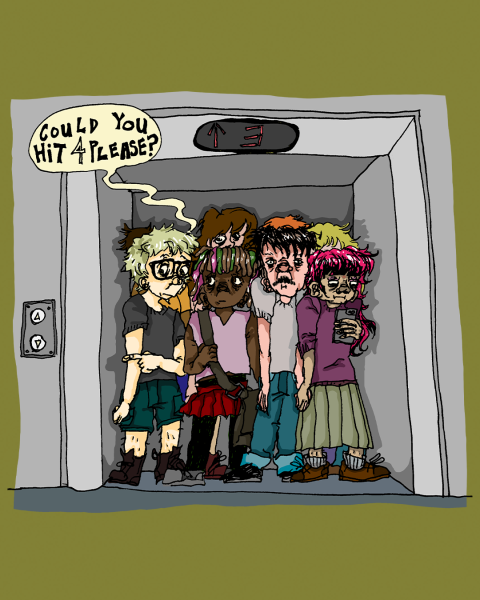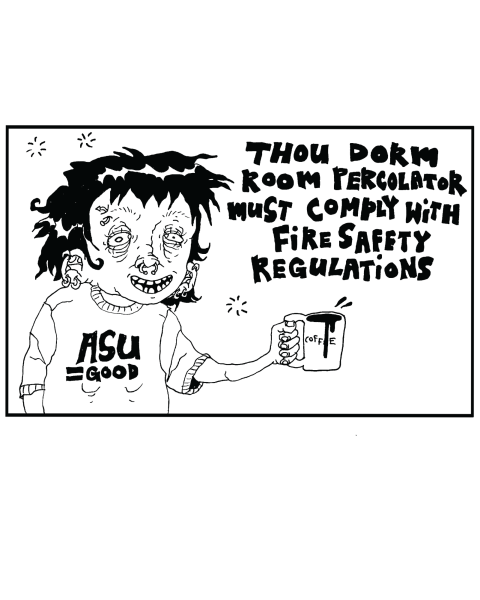App State gives students additional CARES Act funding, hints at more
January 26, 2021
Students received a surprise $186 in their bank accounts after App State identified additional CARES Act funding.
This one-time payment comes from the CARES Act, which former President Donald Trump signed March 27. The economic stimulus bill aids citizens from economic fallout caused by the COVID-19 pandemic.
All students who received CARES aid in 2020 were eligible for this extra disbursement.
When the pandemic hit in the spring 2020 semester, App State received just over $15.9 million in CARES-HERF funding. The Higher Education Emergency Relief Fund was established by the CARES Act and provided aid to institutions across the nation.
Through federal guidance, App State was directed to distribute half of this funding — almost $8 million — as direct payments to students. Until early December last year, students were able to apply for CARES assistance.
Cindy Barr, associate vice chancellor, said that as of Jan. 18, the university had disbursed about $6.4 million.
The remaining balance, just over $1.5 million, was divided evenly into $186 per student and distributed to those who previously received CARES funding based on their Fall 2020 enrollment.
According to the university’s coronavirus website, “Federal CARES Act emergency grants cover expenses related to the disruption of campus operations due to the coronavirus.” The university says that the money should aid the cost of a student’s attendance, including factors such as:
- Food
- Housing
- Course materials
- Technology
- Relocation expenses
- Health care
- Child care
- Transportation
In an email sent to students Jan. 21, the financial aid office hinted at the Coronavirus Response and Relief Supplemental Appropriations Act passed in late December.
“We expect funding to be sent to schools in the near future so that we can provide additional assistance to students,” financial aid wrote in the email.
The U.S. Department of Education announced in a Jan. 14 press release that an additional $21.2 billion is now available to higher institutions in HERF grants. This is allocated by the Coronavirus Response and Relief Act, which Trump signed into law in December.
Barr said there is currently a working group tasked to review regulations for the second round of CARES-HERF grants. Because this round of funding differs in allowable expenses and eligibility compared to the first, university administration sought guidance from the U.S. Department of Education.
This is also to “ensure we can disburse the money to our students quickly and efficiently,” Barr said.
The university has yet to release specific eligibility requirements.













